Optolong L-QEF 2” Filter Test
Optolong L-QEF 2” Filter Test
Credit: Ariel Leonardo Cappelletti
Córdoba, Argentina.
First Part: Spectrophotometric Measurements
Spectrophotometric measurements were made using a Shimadzu UV-1700 UV-VIS spectrophotometer, in transmittance mode, using sampling interval of 0.1 nm, and a scan velocity of medium.
a. Figure 1. Optolong L-Pro 2” Filter measurements (for comparison):
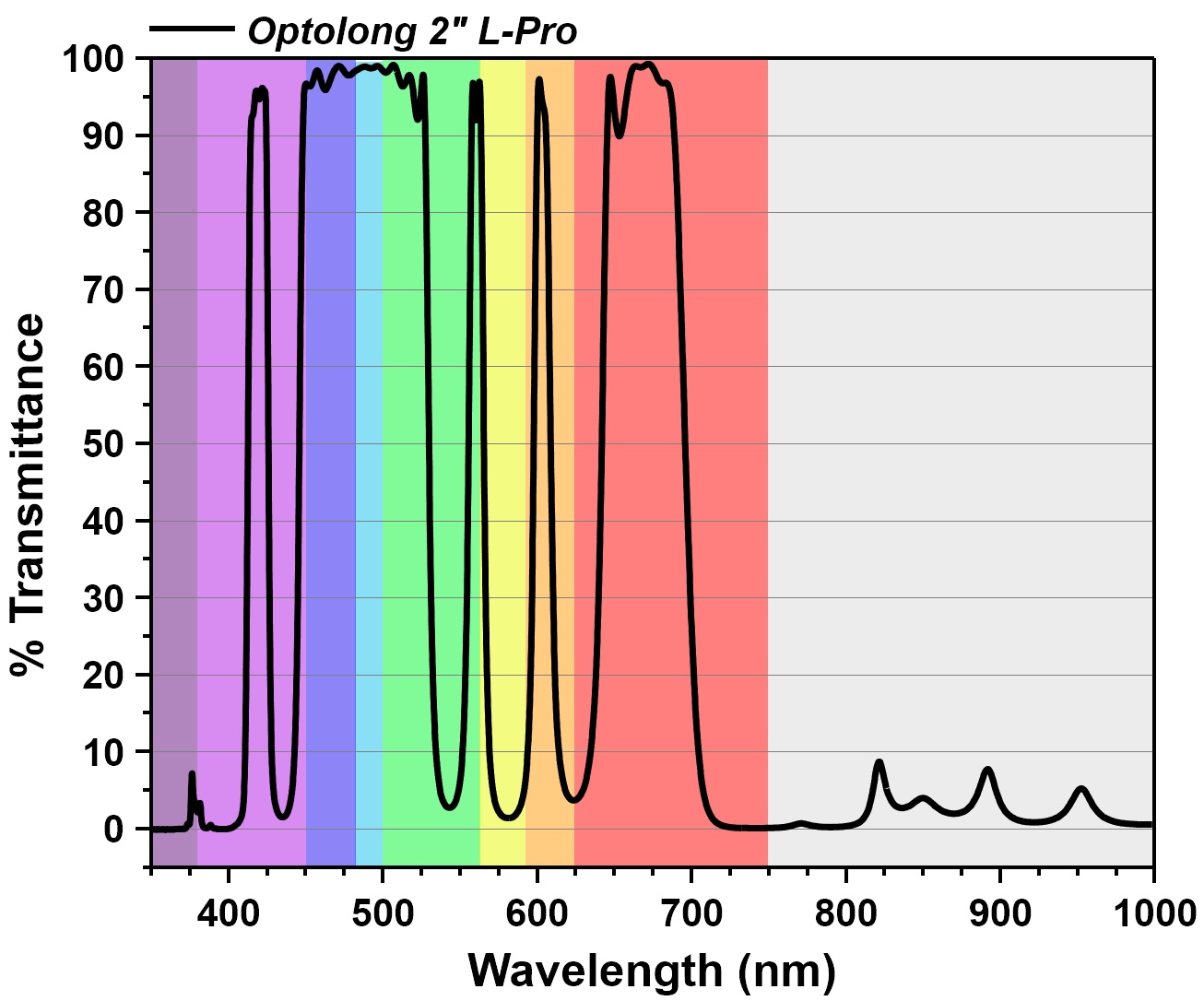

b.Figure 2: Optolong L-QEF 2” Filter measurements:

Observations:
Astrophotography from a heavily polluted sky such as the sky over Córdoba, Argentina (Bortle 9) is extremely challenging. In my case I had resigned myself to only being able to photograph the sky in the narrowband technique from my backyard, and leaving photography in real colors (RGB or LRGB) only for sporadic cases in which I can travel to better skies. This was until I was lucky enough to come across the Optolong L-Pro filter, which opened up my possibilities for doing RGB photography from home.
Now, Optolong has developed a new light-pollution filter, the Optolong L-Quad Enhance Filter (L-QEF). Under a Bortle 9 sky it does not make much sense to make a comparison of what is observed when capturing images without a filter and then with a filter, since long exposure photography is not directly possible without the use of a stray light suppressing filter. This is why the analysis and use experience presented here is based on the comparison of the new L-QEF filter with its predecessor and very well-known L-Pro which is a great filter and adversary to defeat.
From the analysis of the transmittance spectral curves of each filter it can be seen that the first major difference is that the L-Pro filter has 5 transmittance bands while the L-QEF has only 4. Of the 4 bands that the L-QEF has, only one corresponds to warm colors, so it can be said that the color delivered by this filter will be a little colder than in the case of the L-PRO.
On the other hand, it can be seen that the L-QEF filters the infrared light much more correctly than the L-Pro. In addition to this it can also be seen that the band of violet color is much wider on the L-QEF than on the L-PRO, and this should represent an advantage since picking up subtle blueish details from dim objects used to be difficult with the L-Pro and used to require too long total integration times. In the rest of the bands no important differences are seen, the % of maximum transmittance are comparable for both filters.
c. Figure 3: Superposition of spectral curves of the L-PRO and L-QEF filters:
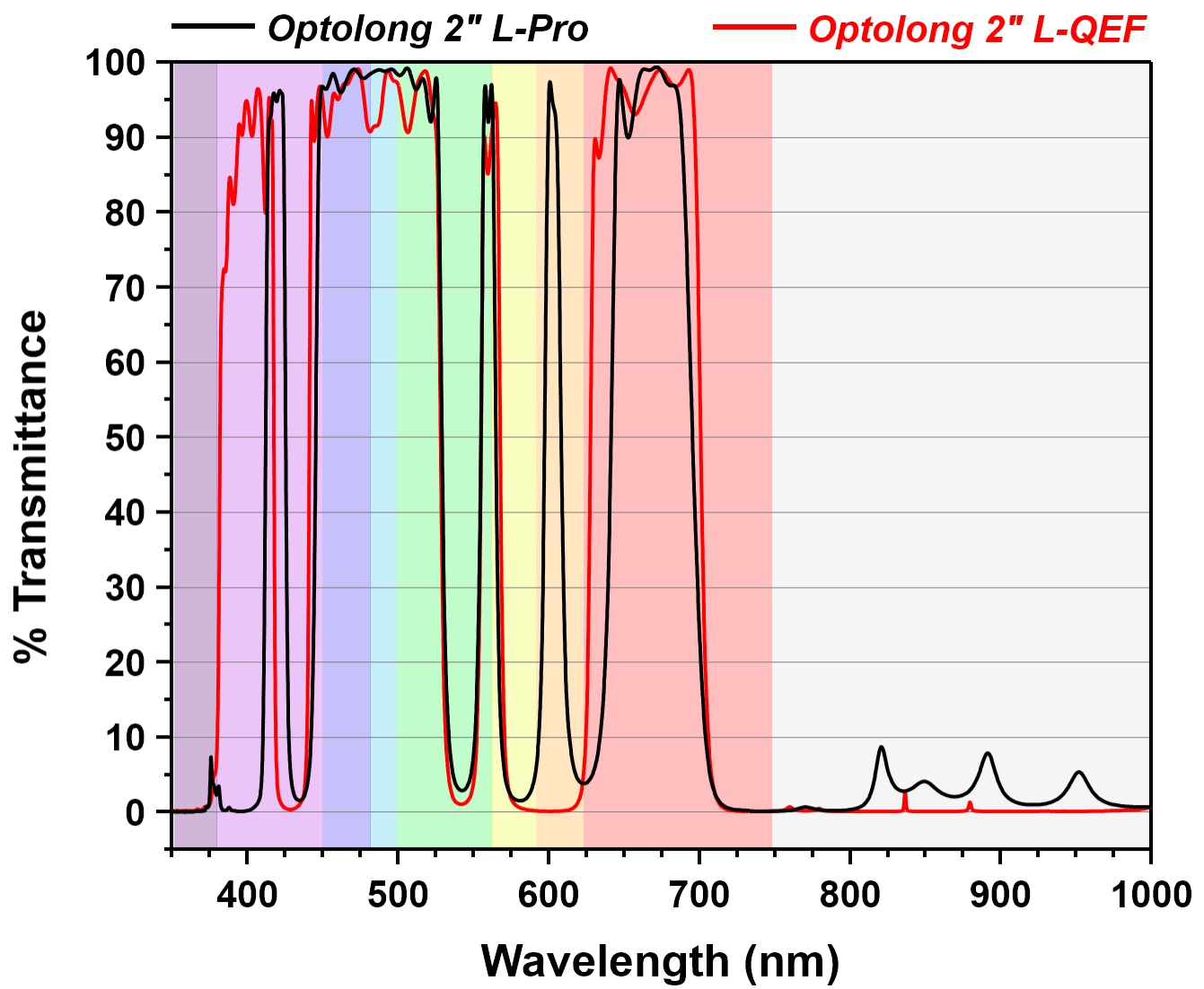
Second Part: Imaging Test with a OSC Camera
All the next images were:
- stretch only using Screen Transfer Function (STF) in Pixinsight
- captured in a heavily polluted Bortle 9 sky (Córdoba, Argentina) under Waning Crescent Moon (41.5 % illuminated)
- captured using ZWO ASI 183MC-PRO camera + ASKAR ACL200 telescope equipped with ZWO EAF + SW EQ6R-Pro mount + miniguidescope
a. Histogram, star FWHM inspection:
For this part of the analysis, 3 different areas of the sky were photographed, taking a single 180s shot for each filter (always refocusing after changing the filter). All these images have not been calibrated with Darks or any other calibration shot. In all of them it can be seen that the FWHM found for the stars are merely identical, so in this aspect both filters are tied. With respect to the histogram we can see that in the L-Pro there is always a separation in the three channels and that then the images are strongly dominated by a green component, while the L-QEF shows the more balanced channels and therefore the resulting image colour has a more natural background.

Figure 4. Single light of 180s of the M8 surroundings, Gain 111, offset: 10, Filter: Optolong L-PRO 2”.
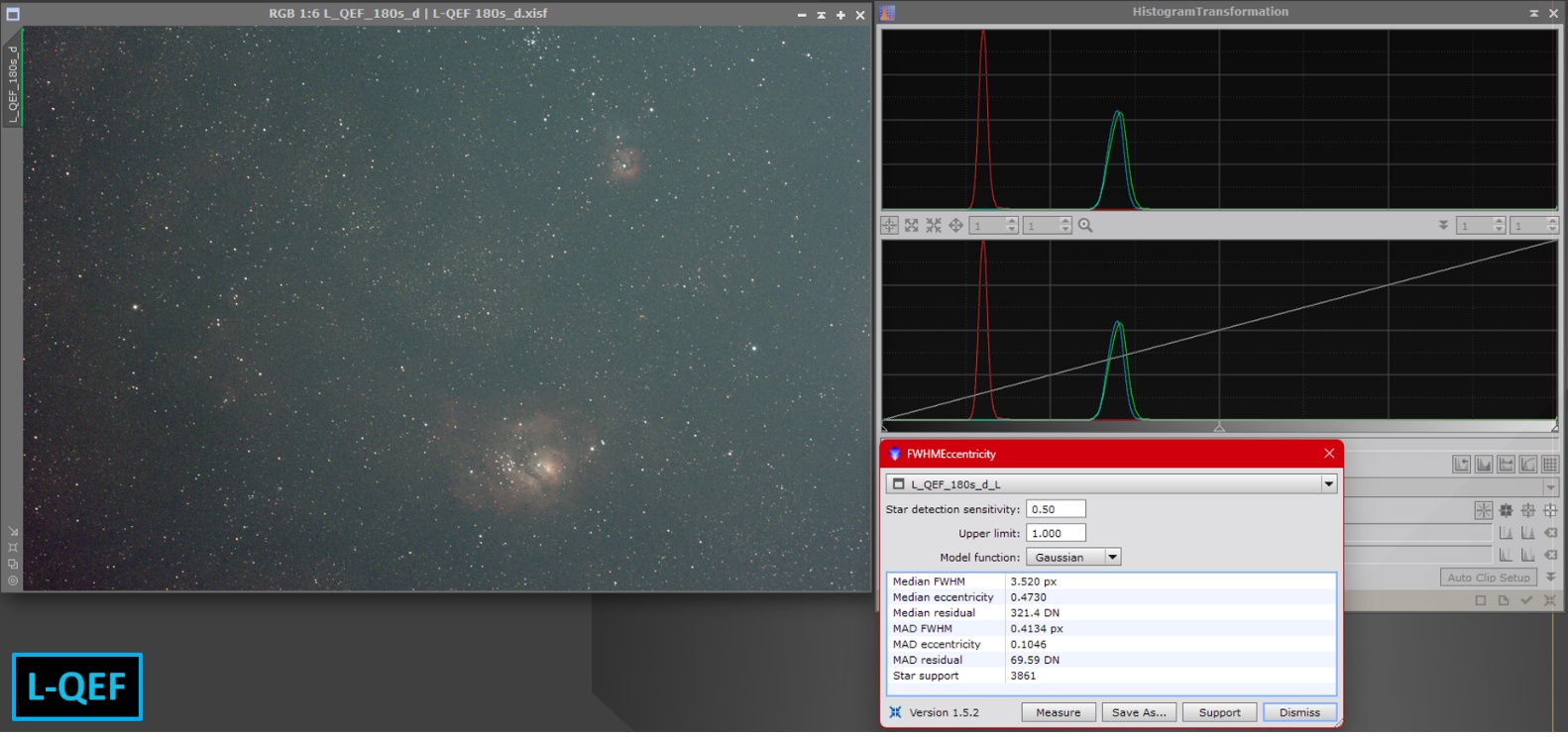
Figure 5. Single light of 180s of the M8 surroundings, Gain 111, offset: 10, Filter: Optolong L-QEF 2”.
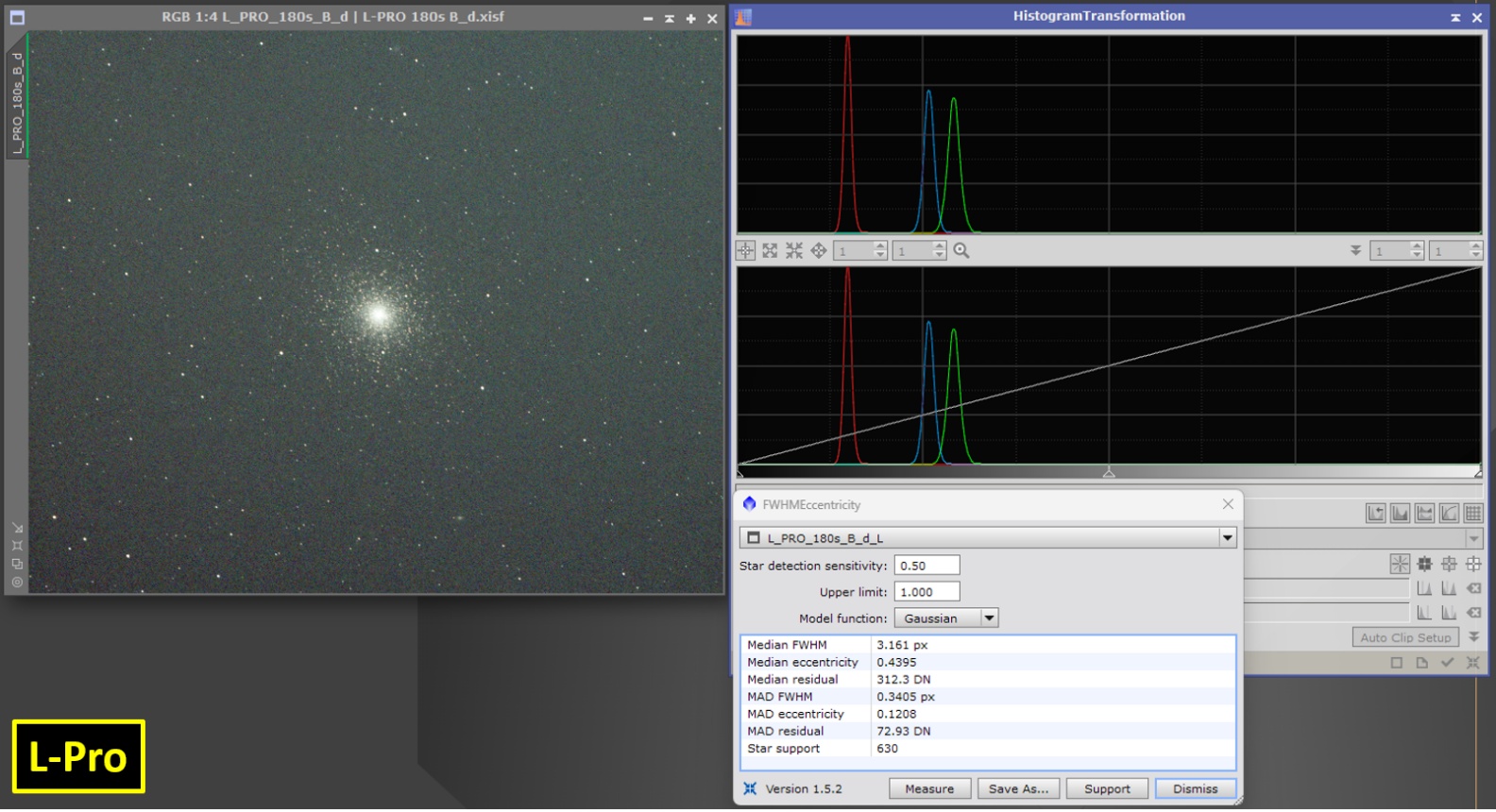
Figure 6. Single light of 180s of 47 Tucanae surroundings, Gain 111, offset: 10, Filter: Optolong L-PRO 2”.
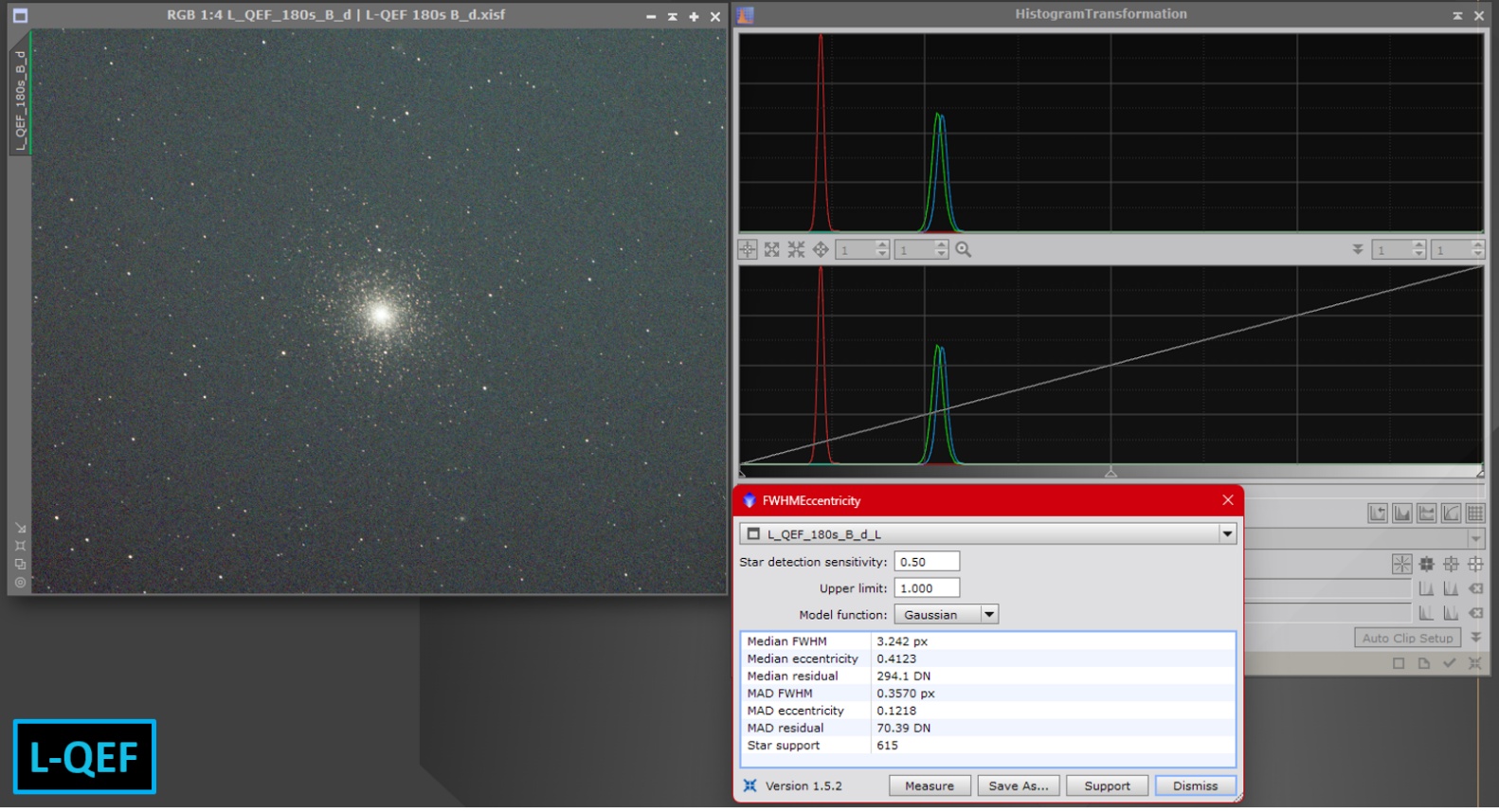
Figure 7. Single light of 180s of 47 Tucanae surroundings, Gain 111, offset: 10, Filter: Optolong L-QEF 2”.
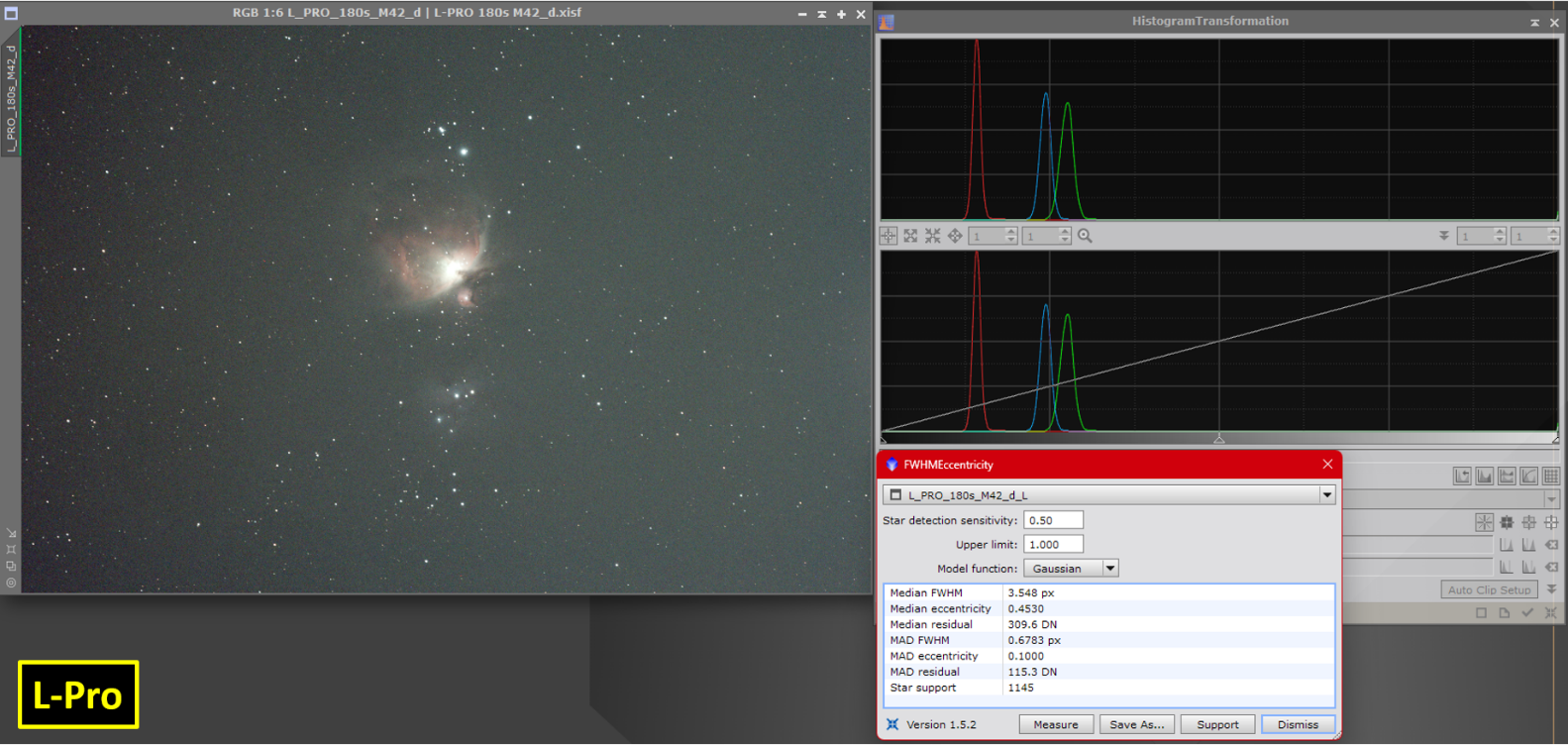
Figure 8. Single light of 180s of M42 surroundings, Gain 111, offset: 10, Filter: Optolong L-PRO 2”.
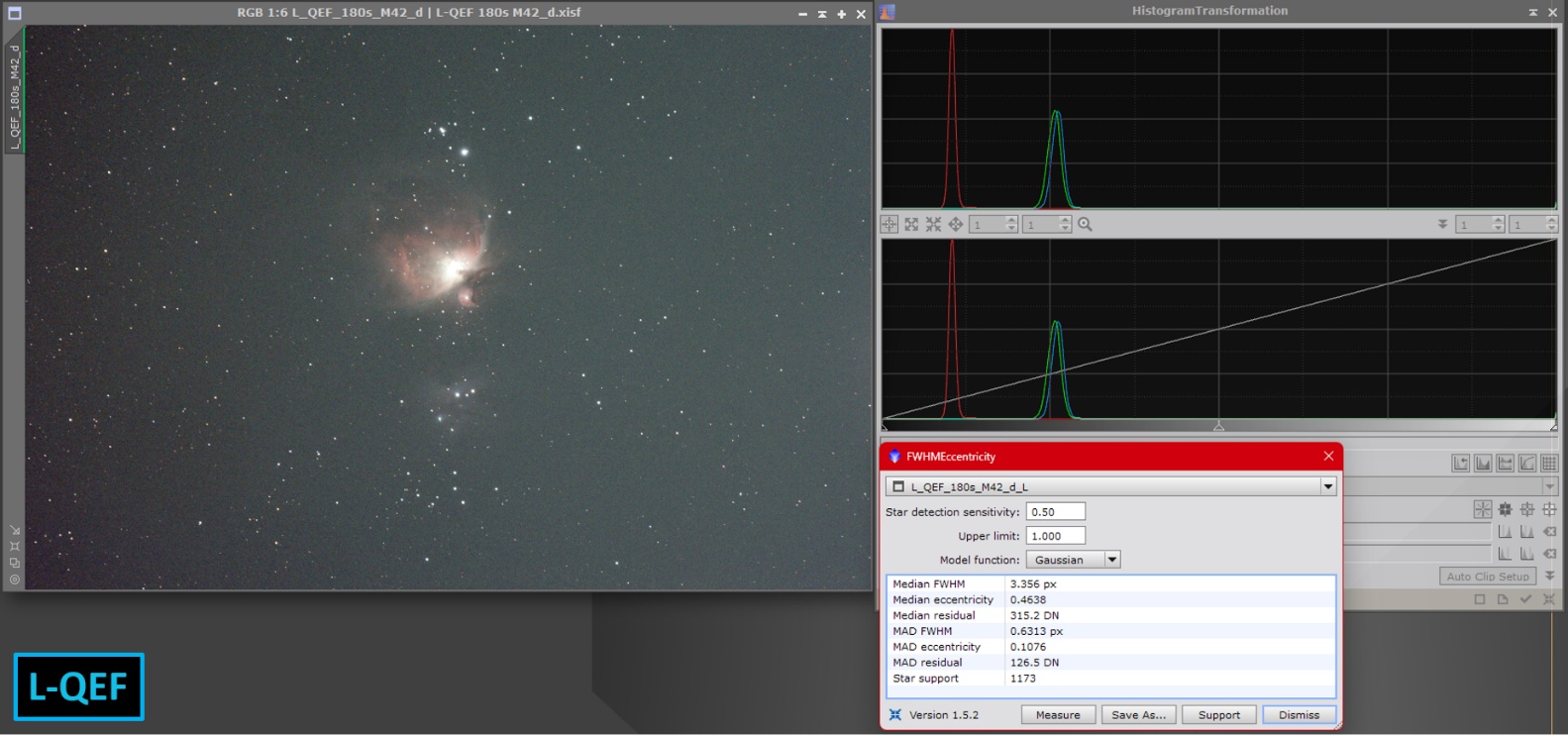
Figure 9. Single light of 180s of M42 surroundings, Gain 111, offset: 10, Filter: Optolong L-QEF 2”.
b. Contrast and colour balance comparison L-PRO vs L-QEF:
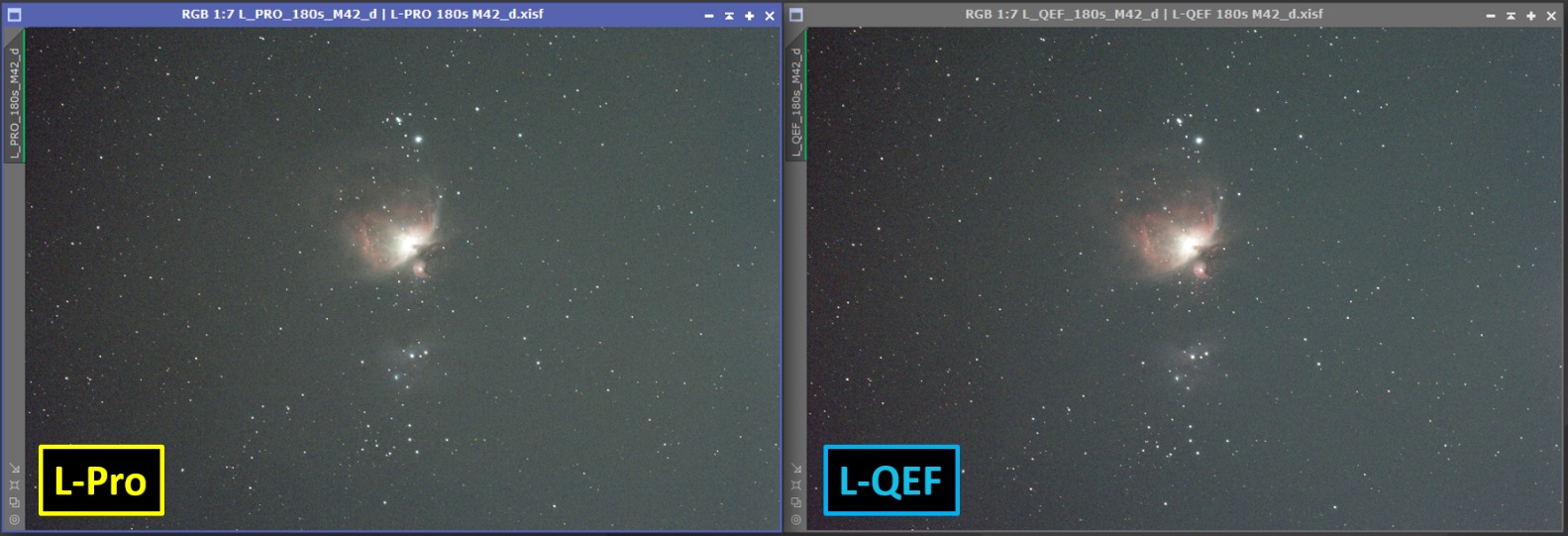
Figure 10. M42 and surroundings, single light of 180s, Gain 11, Optolong L-PRO (left), Optolong L-QEF (right).
In this series of images (figures 10 to 13) we can see side-by-side comparisons of images of the same object photographed using either the L-PRO or the L-QEF filter with the same exposure conditions, sky, seeing, gain, offset, etc.
In all cases it can be seen that the contrast provided by the L-QEF filter is visibly higher than that obtained with the L-Pro, even obtaining a more even background and with fewer gradients.
On the other hand, the color balance is more correct in the case of the L-QEF filter, and the color profile of the stars is much closer to their real color. In this part of the analysis there is no doubt that the L-PRO filter is an excellent filter, but the L-QEF is even better.
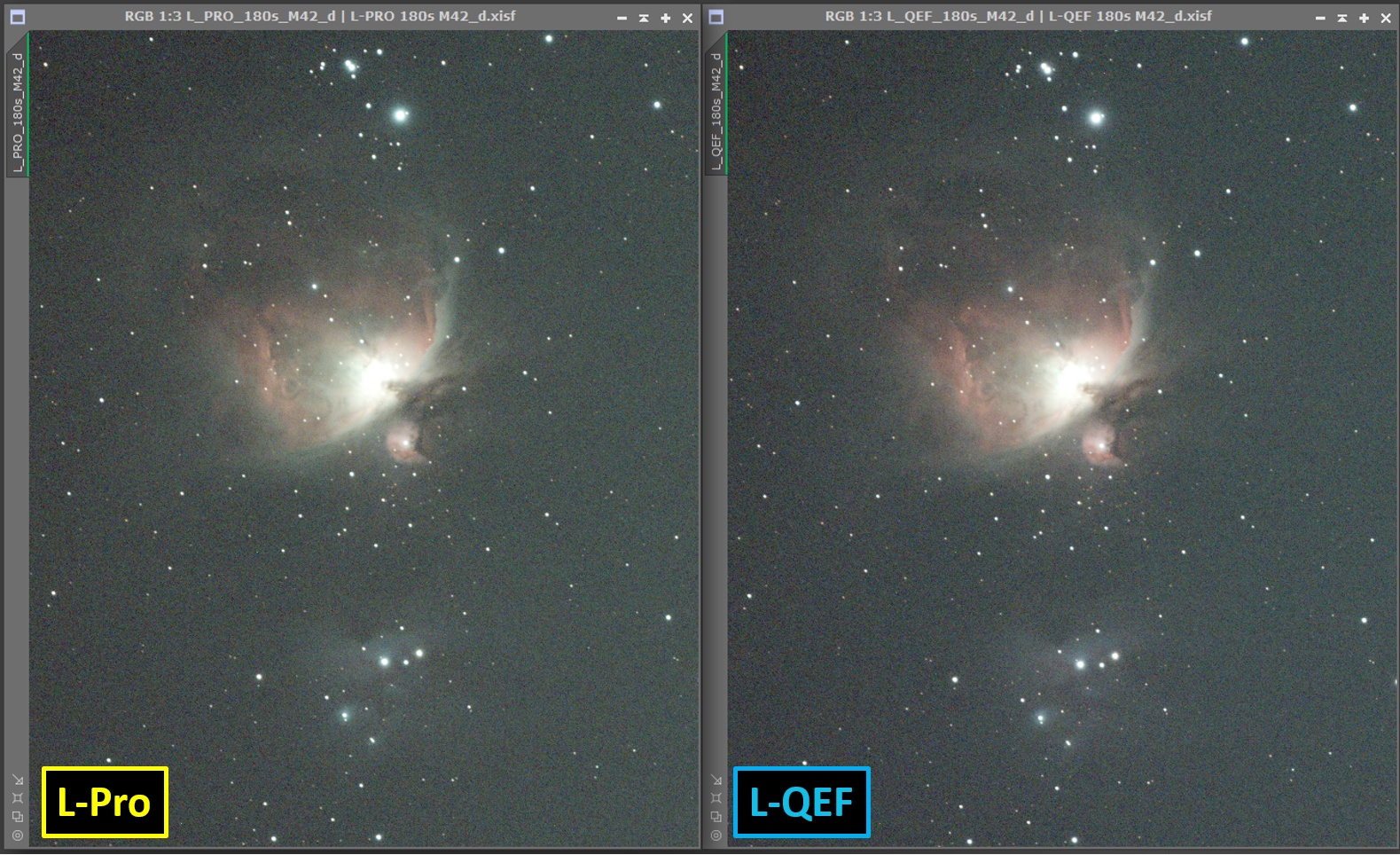
Figure 11. M42 and surroundings, zoomed single light of 180s, Gain 11, Optolong L-PRO (left), Optolong L-QEF (right).
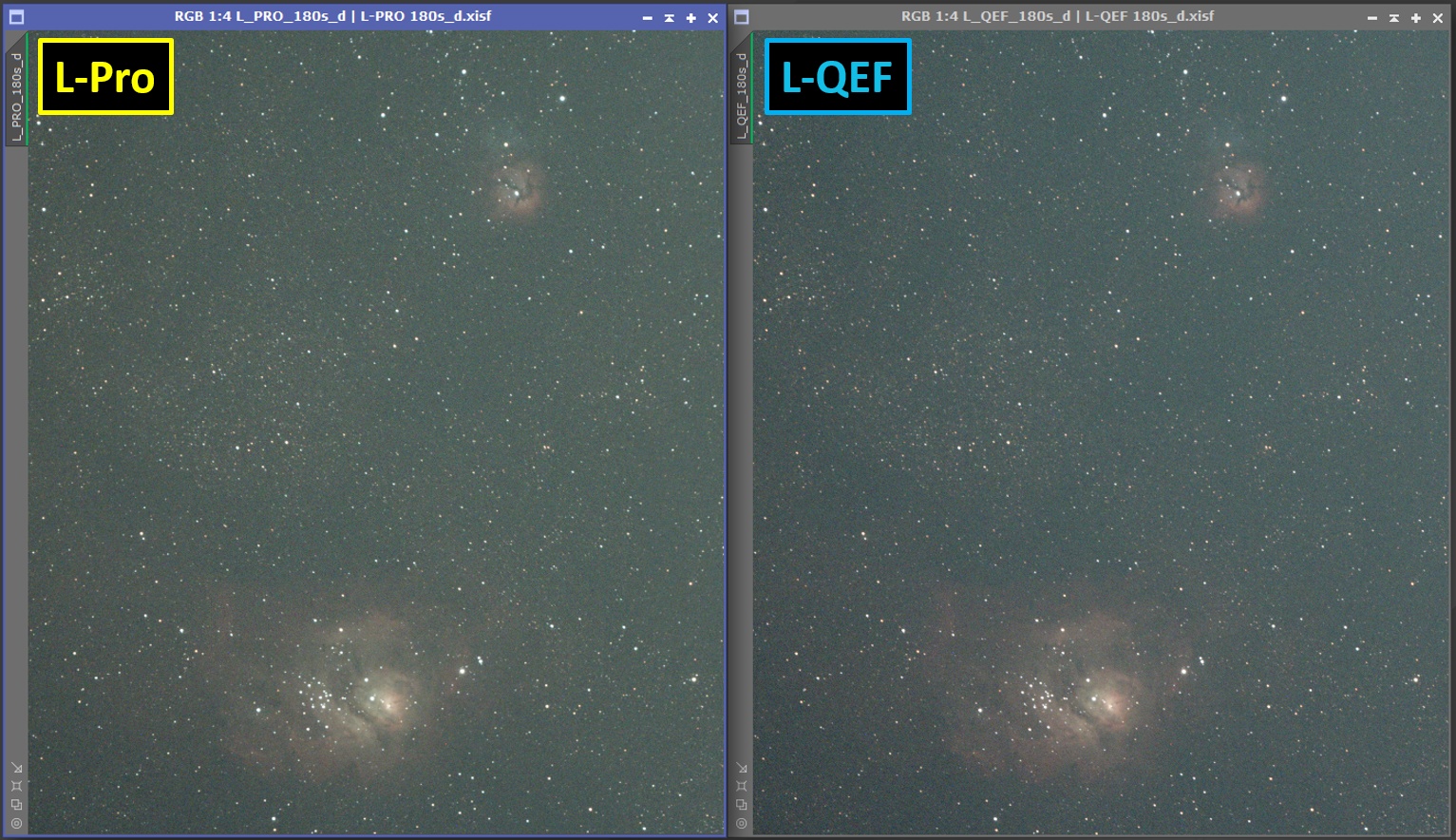
Figure 12. M8 and surroundings, single light of 180s, Gain 11, Optolong L-PRO (left), Optolong L-QEF (right).
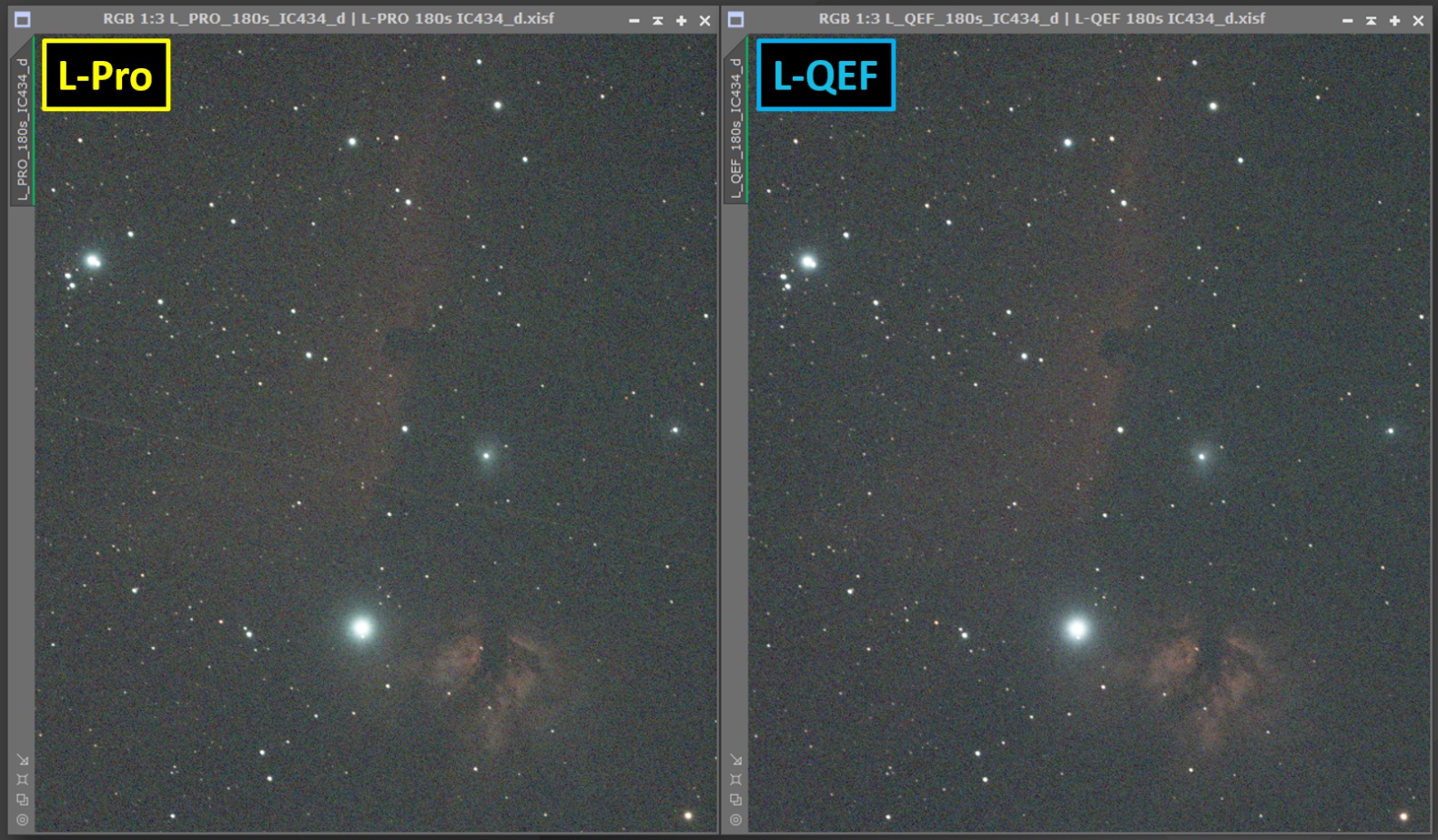
Figure 13. IC434, single light of 180s, Gain 11, Optolong L-PRO (left), Optolong L-QEF (right).
c. Bright star test (Halo or no Halo?):
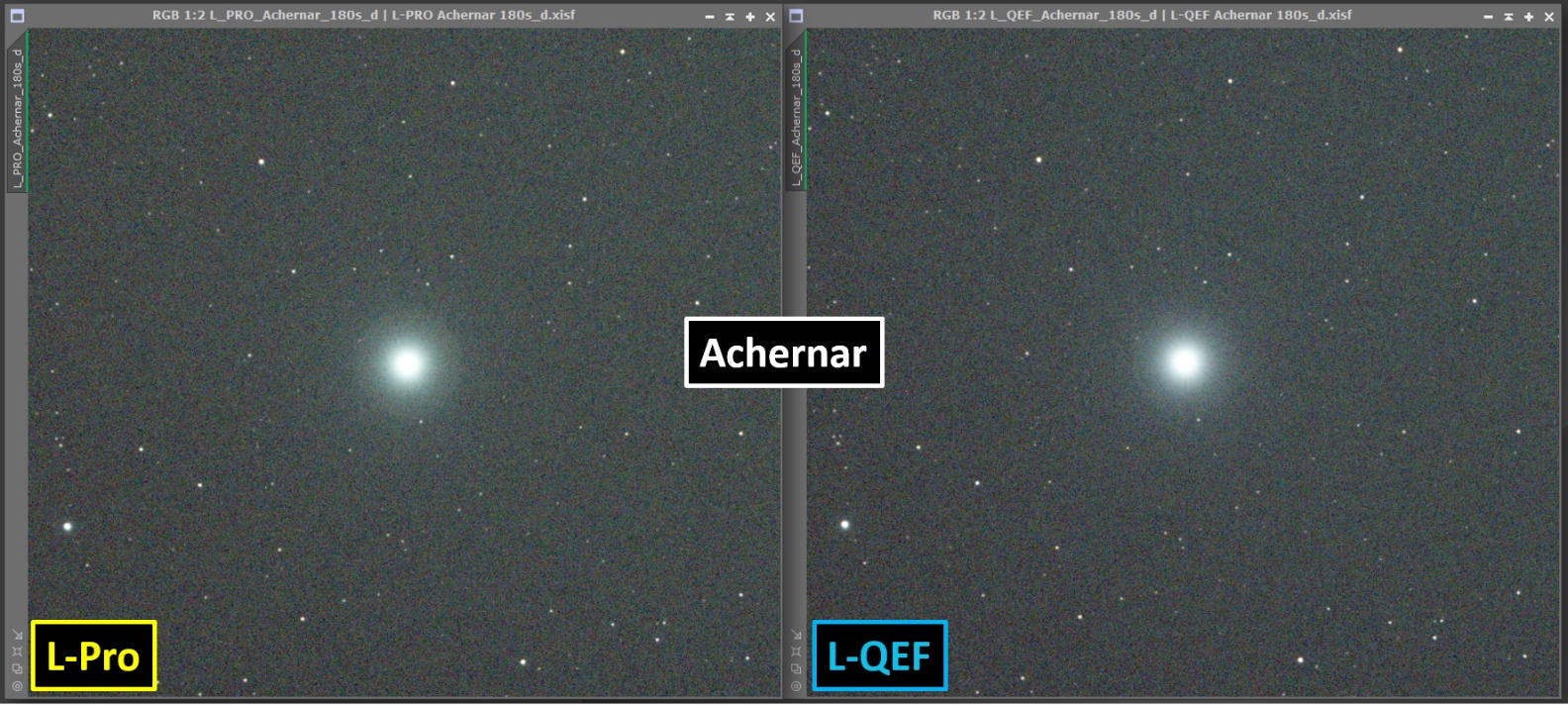
Figure 14. Achernar, zoomed single light of 180s, Gain 111, Optolong L-PRO (left), Optolong L-QEF (right).
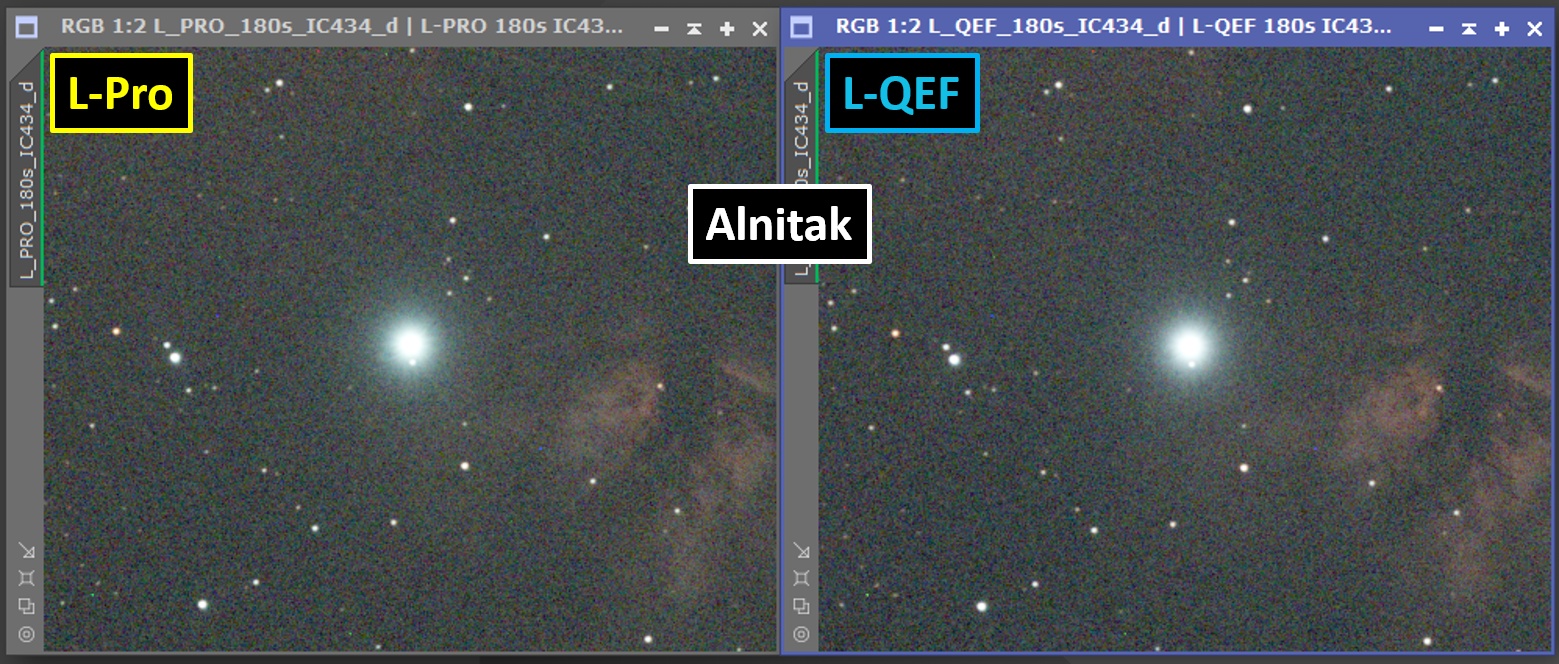
Figure 15. Alnitak, zoomed single light of 180s, Gain 111, Optolong L-PRO (left), Optolong L-QEF (right).
For this part of the analysis I must confess that in all my years using the L-Pro filter I never had problems with halos on bright stars, but it was a test that had to be done to obtain a complete analysis. This is why I decided to photograph the star Achernar (Visual magnitude: +0.45, the ninth-brightest in the night sky) and evaluate if halos could be observed and how important they were. In the case of the L-Pro, a halo can be clearly observed around Achernar, in my opinion it is not a significant halo and is not a reason for an image to be ruined, but it is evidently present. In the case of the L-QEF the halo can be guessed, you really cannot see it simply, therefore I can conclude that in the section of behavior with bright stars, the L-QEF performs much better than the L-Pro.
The same test was carried out on Alnitak, a well-known and familiar star that produces halos and represents a headache for amateur astrophotographers, and in it none of the filters showed halos, but it can be seen that the L-QEF resolves the brightness of Alnitak a little better than the L-Pro. So in this section it is all good news for the L-QEF.
Third Part: Imaging M42 from a bortle 9 sky
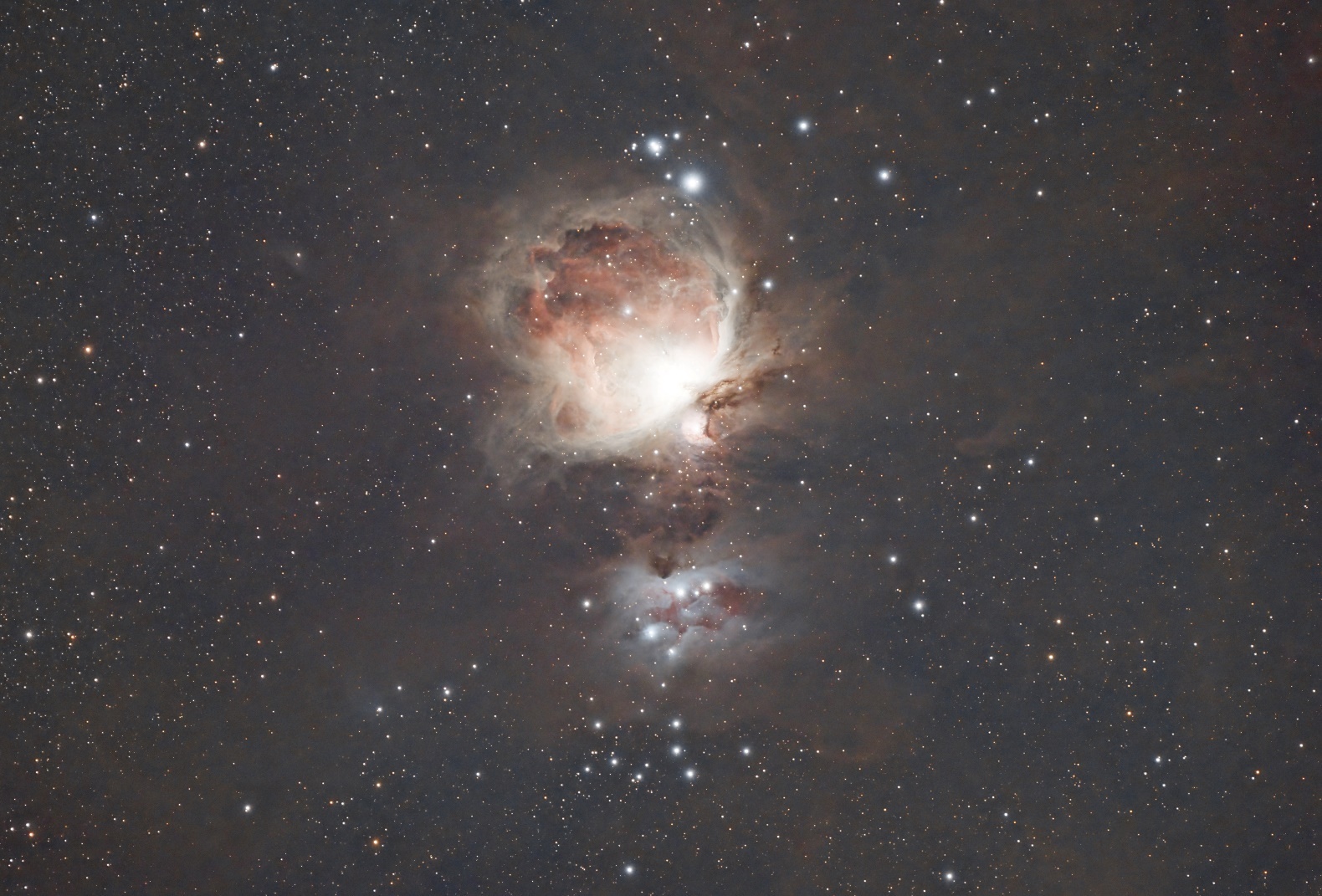
Figure 16. M42 and surroundings: 106x180s Lights, 100 Darks, 50 Flats, 50 Dark-Flats, Gain 111, Offset: 10. Processed in PixInsight and PS.
Being able to separate from the background the faint chocolate clouds that surrounds M42 in an image of 5.3 h of total integration time from a bortle 9 sky is really something that amazes me and fills me with joy since particularly in my case 90% of the photographs I take are from my backyard in my home in Córdoba, Argentina, and this type of filters opens up a world of possibilities and I no longer need to just enjoy the narrowband technique as the only option.
Fourth Part: Final Thoughts
L-QEF is a light-pollution filter, and is a clear evolution from its predecessor the L-Pro.
L-QEF has star definition (FWHM) as good as the L-Pro, but in terms of colour balance, contrast, star colour profile and bright stars performance, L-QEF is a superior filter compared to L-Pro. This is very good and encouraging news, since you can start from a great product such as the L-Pro filter and develop an even better one, the L-QEF.
I am very happy to be able to recommend this new filter, I think it is a great product and I am very grateful to Optolong for giving me the opportunity to try it.
Ariel L. Cappelletti
Córdoba, Argentina.



